The History of MediaTek: From Establishment in 1997 to Global Leadership

July 1995: United Microelectronics Corporation (UMC) announced its exit from the IC design business, transforming into a pure wafer foundry. Cai Mingjie took the integrated circuit design department of UMC to establish the predecessor of MediaTek – the Multimedia Group.
May 28, 1997: Cai Mingjie, 47, led a team of over 20 people to split from UMC, officially establishing MediaTek in the Hsinchu Science Park, Taiwan. Executive Vice President Xie Qingjiang served as the General Manager, while Cai Mingjie took on the role of Chairman.

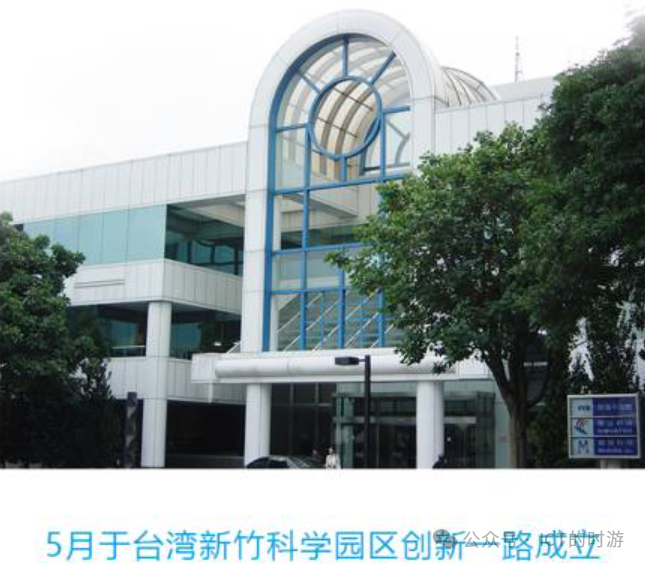
Cai Mingjie later recalled: All good names were taken by others, so he ultimately chose the name “MediaTek”. Although the name sounded a bit “tacky”, it was powerful enough.
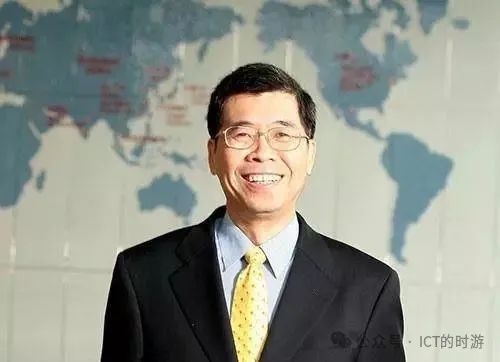
In its early days: MediaTek chose the relatively weak CD-ROM chip market. MediaTek was the first to launch a design scheme that integrated two chips responsible for video and digital decoding functions into a single chip, reducing production costs.
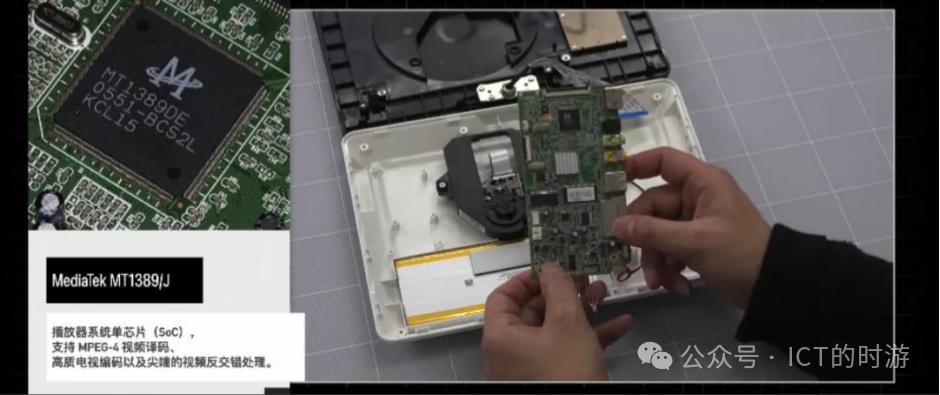
1998: MediaTek launched the world’s fastest 48X CD-ROM chipset.
1999: MediaTek launched the 12X DVD-ROM chipset.
2000: MediaTek launched the 12X CD-R/RW chipset. MediaTek’s revenue exceeded NT$10 billion, capturing 51% of the global CD-ROM chip market share.
July 23, 2001: MediaTek was listed on the Taiwan Stock Exchange under the ticker 2454.TW. Upon listing, it experienced several consecutive trading halts, with the stock price rising from NT$230 to NT$783, earning the title of “King of Stocks”.
2001: MediaTek established its first subsidiary outside Taiwan – MediaTek Software Design (Shenzhen) Co., Ltd.
2001: 60% of domestically produced DVDs used MediaTek’s chips. Facing a potential decline in the DVD market, MediaTek began to pivot, developing 2G mobile phone chips.
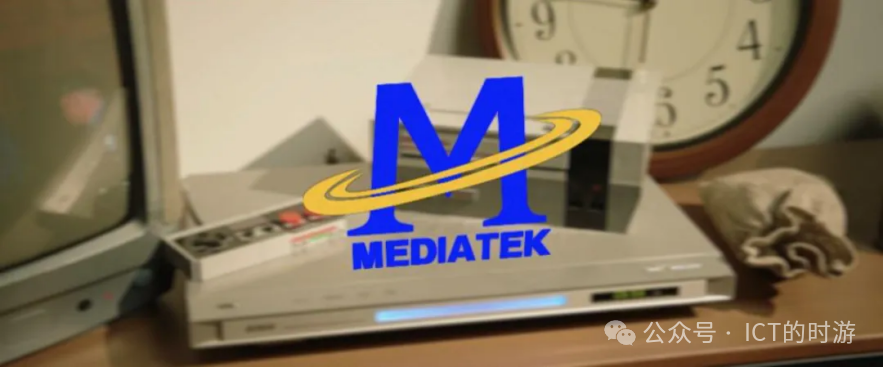
2001: MediaTek established a subsidiary in the United States.
2002: MediaTek launched the 48X CD-RW chipset and the COMBI chipset.
2003: MediaTek launched the DVD-Dual chipset, selected as the top technology company in Taiwan by “Digital Times”.
2003: After three years of hard work and millions of NT dollars, MediaTek officially launched its first mobile phone chip, MT6205. Due to ordinary design, uncompetitive pricing, and low market acceptance, the monthly shipment volume was low, causing MediaTek’s gross margin to plummet by 40% that year.
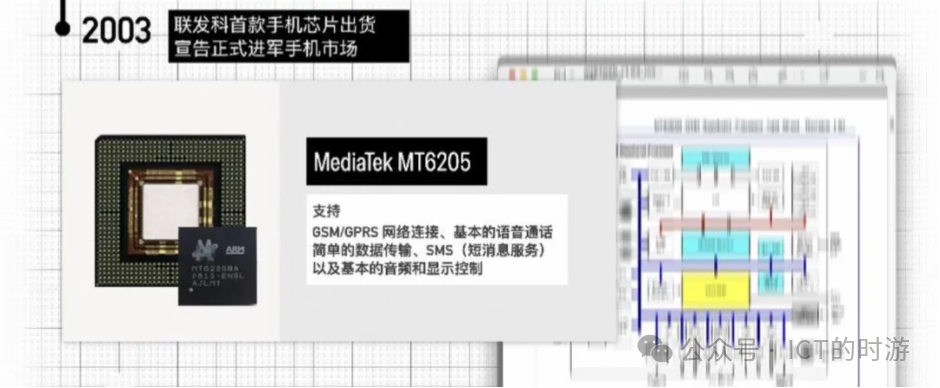
By the end of 2003: MediaTek officially established its mobile business department.
2003: MediaTek’s revenue reached NT$38.064 billion, with a net profit of NT$16.522 billion, and earnings per share of NT$25.96, officially entering the top five IC design companies globally. This revenue made it the highest-earning company in Taiwan, earning the title of “King of Stocks” in Taiwan. Cai Mingjie began to be recognized as the “Godfather of IC Design” in Taiwan.
2004: MediaTek established subsidiaries in India and Singapore.
2004: MediaTek’s revenue reached NT$10 billion, with 99% coming from the CD-ROM chip business.
2005: MediaTek’s Executive Vice President Xie Qingjiang was promoted to General Manager.
2005:

2007: MediaTek celebrated its 10th anniversary with the following achievements:
ØIt became the world’s largest DVD chip solution provider.
ØMediaTek’s mobile chip shipments reached 150 million units, ranking third globally, with a market share of 13%-14%.
MediaTek launched its famous one-stop mobile solution (Turnkey Solution):
ØIn 2004: MediaTek, in collaboration with the Foxconn Group, acquired the Taiwanese mobile design company Dazhi, providing a complete customized solution of chips and electronic components for mobile manufacturers, directly collaborating with software vendors to integrate various types of chips needed for audio, video decoding, and signal processing into a single chip, which was then sold to mobile manufacturers along with the pre-integrated mobile software platform.
ØManufacturers purchasing MediaTek’s chips only needed to focus on screen, keyboard, and casing design to easily launch a usable product.
ØIn 2006: MediaTek’s domestic market share skyrocketed from 0% to 40%, with total mobile chip shipments officially surpassing 100 million units.
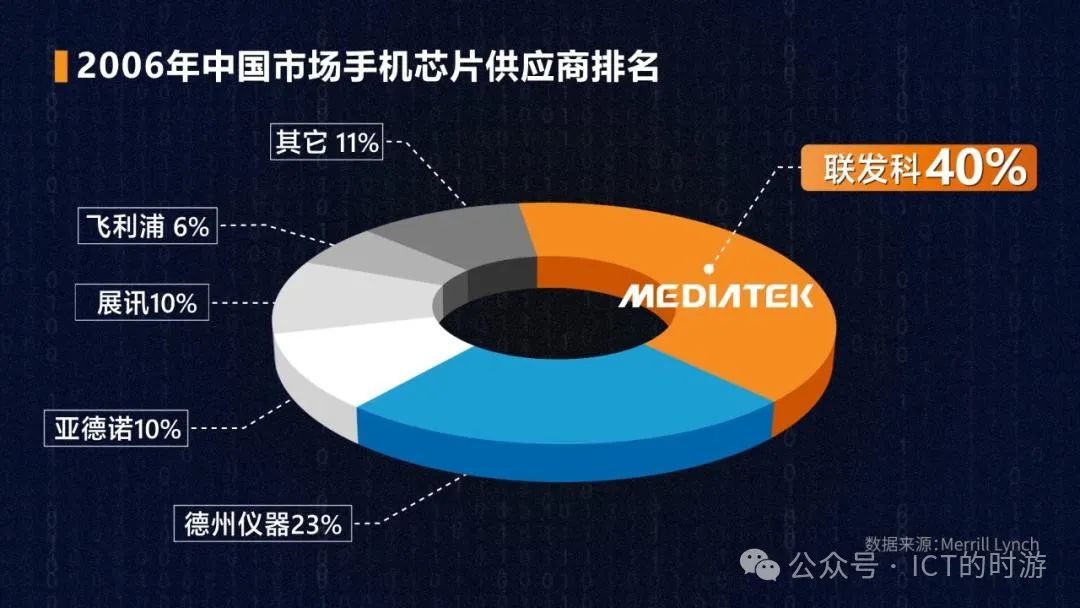
ØIn 2009: At its peak, MediaTek captured 80% of the Chinese mobile chip market, ranking second globally after Qualcomm, earning the title of “Father of Shanzhai Phones”.
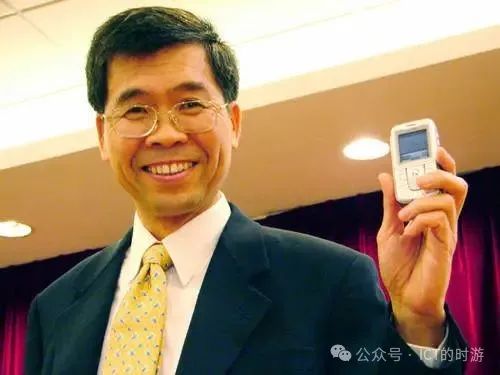
ØThe person who significantly developed MediaTek’s mobile chip department was Xu Zhiqiang, who joined MediaTek in 1999 from Rockwell in the United States. He was dubbed the “Shanzhai Leader” by the outside world.
In 2008: MediaTek established a digital camera chip division.
In 2008: The revenue from the mobile chip department exceeded 50% of MediaTek’s overall revenue, making MediaTek one of the top three IC design manufacturers globally, second only to Texas Instruments and Qualcomm.
In September 2009: MediaTek acquired 75% of the shares of Vogins, signing over 800 game software agreements, launching its own application platform “Vogins App Store” to compete with the iPhone App Store and Android, aiming to promote online digital content to mobile phones, targeting the Chinese market.
In October 2009: MediaTek underwent a major internal restructuring, establishing two major business groups directly under Chairman Cai Mingjie:
ØFirst Business Group: General Manager Xie Qingjiang, overseeing the optical storage, digital consumer, and digital television divisions.
ØSecond Business Group: General Manager Xu Zhiqiang, responsible for mobile chips.
In October 2010: Xu Zhiqiang, Executive Vice President and General Manager of the Second Business Group, transitioned to an advisory role, with Multimedia Processor Division General Manager Zhu Shangzu taking over. The Second Business Group was the first to divide the mobile segment into Feature Phone (First Business Division, managing basic mobile phones) and Smart Phone (Second Business Division, managing smartphones). MediaTek focused heavily on the smartphone market. Xu Zhiqiang left afterward.

Founder’s retirement and return story:
ØIn 2010: Cai Mingjie, with a fortune of billions, was dubbed the “King of Shanzhai”.
ØIn 2010: Cai Mingjie officially announced his retirement.
In the first half of 2011: MediaTek’s revenue dropped to NT$40.8 billion, a nearly 35% decline.
ØIn his sixties, Cai Mingjie was forced to return:①First, he cut half of the feature phones;②Then, he segmented departments, separating out nine business units, focusing on smart devices;③Specifically, MediaTek quickly shifted towards low-end Android smartphone platforms.
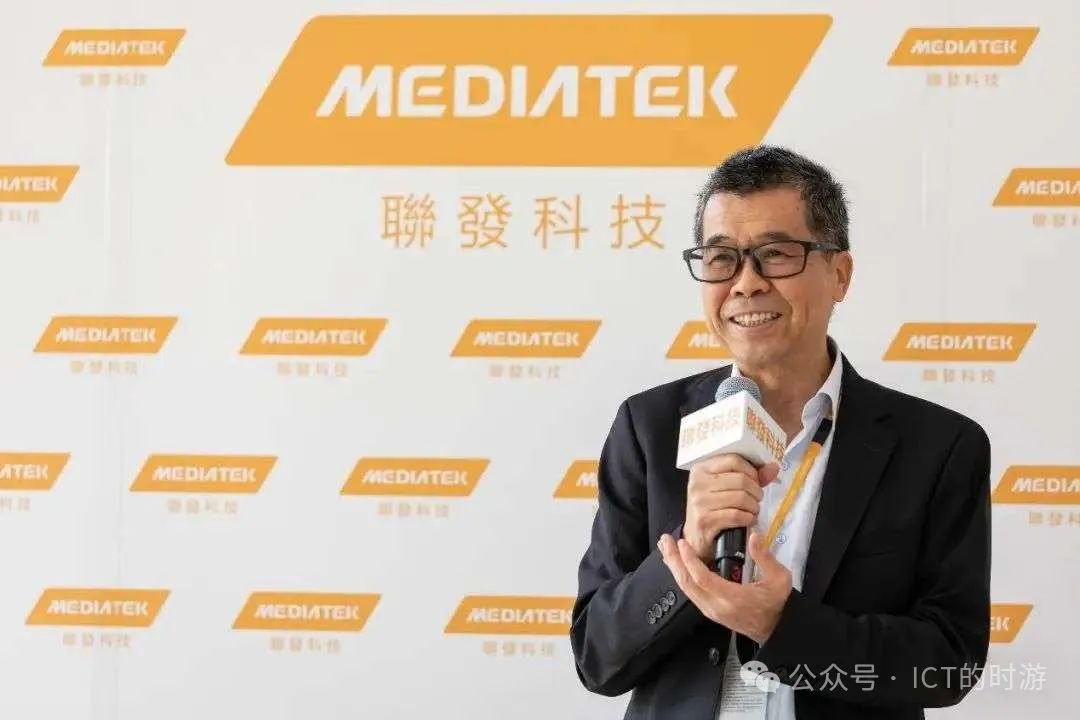
On July 12, 2010: MediaTek officially joined the “Open Handset Alliance” initiated by Google to promote the Android system, creating MediaTek’s “exclusive Android smartphone solution”.
In December 2010: MediaTek Software (Wuhan) Co., Ltd. was established.
By the end of 2011: MediaTek launched the Android smartphone platform MT6573, officially entering the smartphone market.
In 2011: MediaTek was awarded the “Most Courageous Company Award” by the Financial Times of the UK.
In the prosperous year of 2012:
ØIn February 2012: MediaTek launched MT6575.
ØIn June 2012: MediaTek launched the dual-core MT6577.
ØIn the summer of 2012: Due to the unexpected popularity of the MT6573 and MT6575 chips, customer orders surged, causing MediaTek to face severe capacity shortages. The price of MediaTek chips, originally quoted at $15, skyrocketed to $30, with frequent warnings of mobile phone shortages in Shenzhen.
ØIn December 2012: MediaTek launched the world’s first quad-core smartphone system-on-chip MT6589, achieving multiple industry-firsts in communication baseband, graphics processing capabilities, and energy efficiency. The MT6589 almost completely dominated the subsequent mid-range smartphone market, with the most representative being the first generation of Redmi.
ØIn 2012: MediaTek’s smartphone chip shipments in mainland China surged to 110 million, compared to only 10 million in 2011, an elevenfold increase.
ØIn 2012: MediaTek became the largest TV chip supplier globally.
ØIn 2012: MediaTek launched its first tablet chip MT8377, which was adopted by Lenovo.
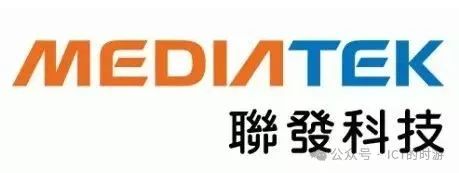
ØIn 2012: MediaTek was awarded the “Asia-Pacific Outstanding Semiconductor Company” by the Global Semiconductor Alliance (GSA).
In April 2013: MediaTek’s Beijing subsidiary’s new office building was completed and put into use, located in the Chaoyang District International Electronics Headquarters.
On May 4, 2013: MediaTek’s China General Manager Lu Xiangzheng was involved in an insider trading case and resigned for personal reasons after being questioned by the authorities. Beijing office General Manager Zhang Weili took over as China General Manager.
In May 2013: MediaTek launched the world’s first entry-level dual-core MT6572, integrating WiFi, FM, GPS, and Bluetooth functions, redefining the standards for entry-level smartphones.
In June 2013: MediaTek’s MT6589T was widely launched, used in brands such as Redmi and Dakele 2S.
In July 2013: MediaTek launched the improved quad-core MT6582, which integrated TD-SCDMA and WCDMA dual modes on the same chip for the first time.
In the third quarter of 2013: MediaTek’s smartphone chip shipments exceeded 65 million units.
In October 2013: MediaTek’s mobile chip shipments surpassed 200 million units, with clients including Lenovo, TCL, Xiaomi, Sony, Sharp, Amazon, HTC, and other domestic and foreign mobile manufacturers.
On November 21, 2013: MediaTek launched the world’s first octa-core chip MT6592, with well-known domestic mobile manufacturers such as Huawei, Coolpad, TCL, and Beidou Qingcong confirming adoption.
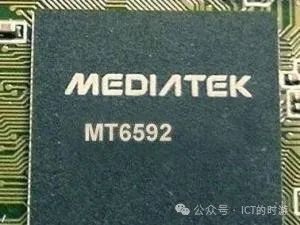
In 2013: MediaTek’s mobile chip shipments doubled, surpassing 220 million units, with tablet shipments reaching 20 million units.
In 2014: MediaTek established a $300 million venture capital fund, actively diversifying its layout.
On February 11, 2014: MediaTek launched the world’s first true octa-core processor MT6595 supporting 4G LTE networks, using a big.LITTLE architecture with four Cortex-A17 cores and four Cortex-A7 cores, targeting the high-end market. The Meizu MX4 adopted this chip.
On February 24, 2014: MediaTek introduced a new brand logo, changing from the previous orange and blue color scheme of “MEDIATEK” to white, with an added orange parallelogram background.

On February 24, 2014: MediaTek launched the 64-bit LTE single-chip quad-core solution MT6732, based on the ARM Cortex-A53 architecture, with a clock speed of 1.5GHz, making it the third 64-bit mobile processor after Apple’s A7 and Qualcomm’s Snapdragon 410.
On February 25, 2014: MediaTek launched the more powerful MT6752, an octa-core processor based on the 64-bit ARM Cortex-A53 architecture, with a clock speed of 2GHz, scheduled for commercial use in the third quarter.
In March 2014: MediaTek launched the world’s first hexa-core chip MT6591, positioned between MT6588 and MT6592.
In June 2014: At Computex 2014, MediaTek CEO Cai Mingjie announced its entry into the Internet of Things (IoT) industry, with MediaTek’s stock price reaching an all-time high.
On July 15, 2014: MediaTek launched the world’s first 8-core 4G single-chip MT6595 (Helio X10), achieving a benchmark score of over 47,000 on AnTuTu, making it one of the highest-scoring smartphone processors of 2014. The Meizu MX5, HTC M9+, LeEco 1, and OPPO R7 Plus all adopted the MT6795.

In 2014: MediaTek’s tablet chip shipments reached 50 million units, marking its first adoption by Amazon.
In 2014: MediaTek’s revenue reached $6.7 billion, setting a record. The global employee count exceeded 10,000, making it one of the top three fabless semiconductor companies globally.
At the beginning of 2015: At the Consumer Electronics Show (CES), MediaTek announced its collaboration with Google and Sony to launch the world’s first Google-certified Android TV, which was successfully promoted and launched in Taiwan, Europe, and the United States.
On February 6, 2015: MediaTek launched its first CDMA-compliant processors MT6753 and MT6735.
In February 2015: MediaTek’s mobile chip department’s top executive Yuan Diwen moved to Spreadtrum, a subsidiary of Tsinghua Unigroup, as Senior Vice President.
The story of selling high-end products as low-end goods to Xiaomi::
ØOn April 1, 2015: MediaTek officially announced that its high-end processor brand Helio would be named “Xili”, launching the first low-end product of the P series, Helio P10.
ØIn the second half of 2015: General Manager Xie Qingjiang agreed to sign a contract with Xiaomi. MediaTek’s internal executives and employees were quite discontent, jokingly calling this contract a way to sell high-end 4G chips like premium products as if they were street goods.
ØIn the second half of 2015: At a senior executive meeting, MediaTek’s Vice Chairman Xie Qingjiang stated, “I only have two choices, one is to count money with tears, and the other is to not count money with tears.” “Since it is inevitable to shed tears, it is best to count the money.”
In November 2015: IC Insights released the ranking of the top ten chip design companies globally, with MediaTek ranking third.
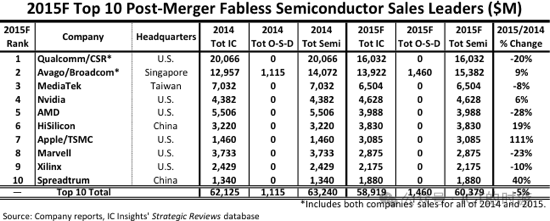
In November 2015: Executive Vice President Zhu Shangzu and Executive Vice President of Digital Home Business Group Chen Guanzhou officially took over as Co-COOs of MediaTek. Media reports indicated that Zhu Shangzu had repeatedly declined to take over as General Manager, leading Chairman Cai Mingjie to adopt this compromise approach.
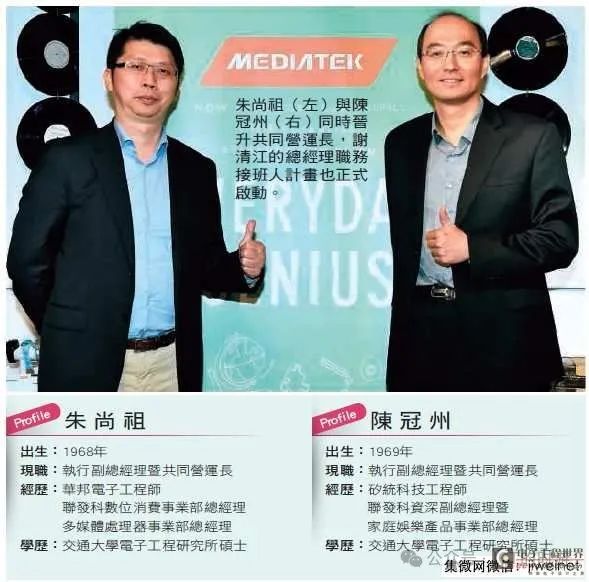
In December 2015: MediaTek’s Vice Chairman and General Manager Xie Qingjiang stated
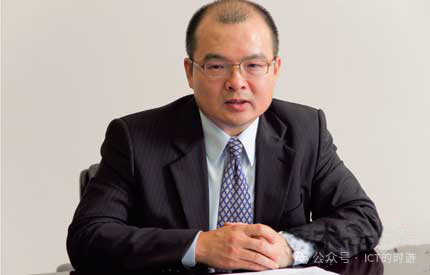
ØHe would gradually step down from the General Manager position but would continue to serve as Vice Chairman.
ØThe General Manager would be succeeded by Zhu Shangzu and Chen Guanzhou, with Zhu Shangzu responsible for mobile business and MediaTek’s business and marketing, while Chen Guanzhou would oversee digital home business and IoT and backend wafer and packaging operations.
On December 28, 2015: MediaTek’s Vice Chairman Xie Qingjiang (second from right) appeared on stage for the first time with Co-COO Zhu Shangzu (second from left) and Chen Guanzhou (first from right), with spokesperson and CFO Gu Dawei (first from left).
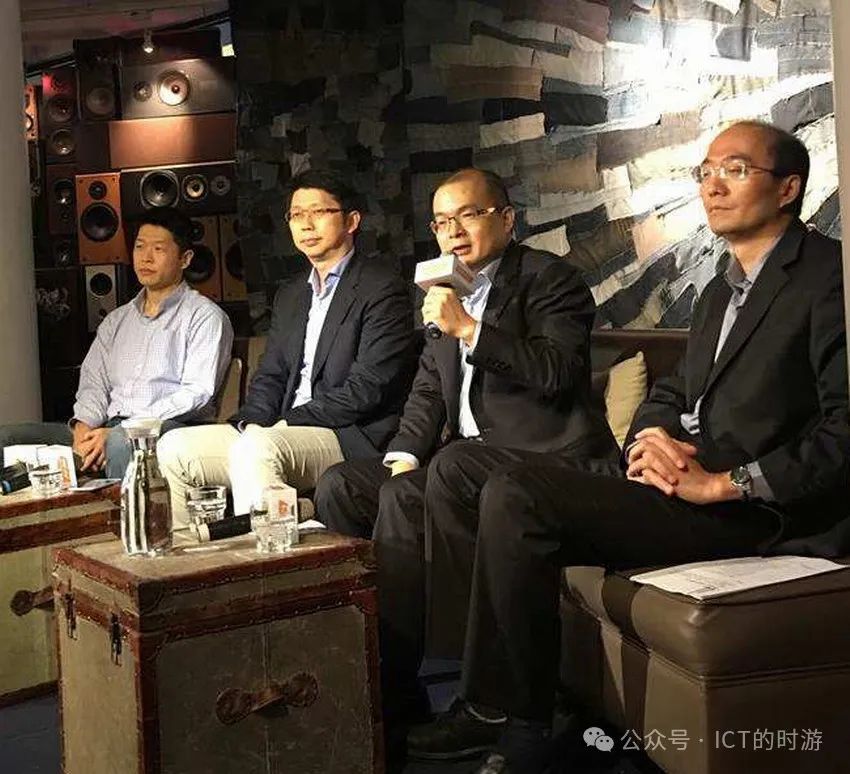
In 2015: MediaTek’s performance:
ØAndroid tablet chip shipments reached 100 million units, ranking first globally.
ØSmartphone chip shipments reached 1 billion units. 4G chip shipments reached 150 million units, with a 40% market share in the domestic smartphone market.
ØCollaborated with Google to launch the world’s first Android TV chip, covering the top ten global TV brands.
The story of Helio X20 overheating and “one core in trouble, nine cores watching”:
ØOn March 16, 2015: MediaTek launched the world’s first 10-core tri-cluster processor Helio X20 (MT6797), the second X-series processor from MediaTek.
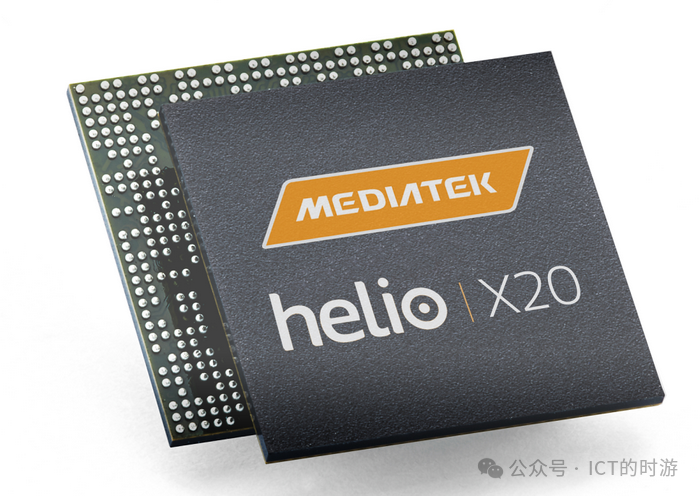
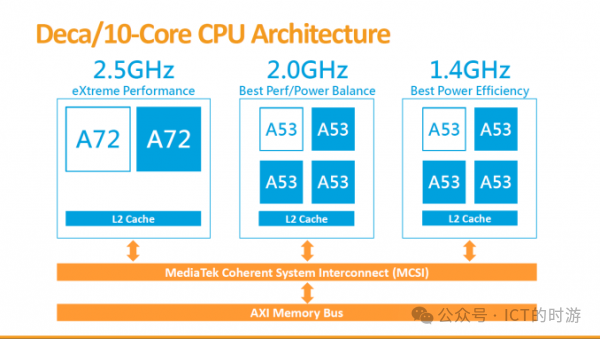
ØOn March 16, 2016: MediaTek officially held a launch event for Helio X20 (MT6797) in Shenzhen, with phone manufacturers including OPPO, Qiku 360, Meizu, and LeEco adopting the processor.
ØMediaTek’s Helio X20 used a 20nm process instead of 16nm/14nm, failing to resolve the overheating and power consumption issues associated with running all ten cores. As a result, Helio X20 smart devices experienced “one core in trouble, nine cores watching”.

ØHelio X20 faced severe overheating issues, leading to order cancellations from Xiaomi and HTC. MediaTek denied these claims on their official Weibo, stating that Helio X20 had entered mass production and could support 4G full network standards, while refuting the overheating issue, claiming “Our chips are not hot”.
On January 8, 2016: MediaTek’s stock price hit a low not seen since December 2008, at NT$202; compared to the high of NT$488 in January 2015, MediaTek’s stock price had dropped by 58.6% over the past year.
On March 16, 2016: MediaTek launched Helio X25, increasing the A72 architecture’s clock speed from 2.3GHz to 2.5GHz, and upgrading the GPU frequency from 780MHz to 850MHz. However, Helio X25 still faced the embarrassing situation of “small cores in trouble, big cores watching” when running large software.

MediaTek’s flagship processors Helio X20/25 were used in budget models by Xiaomi and LeEco, such as the Redmi Note 4 and LeEco 2, putting the high-end models launched by Meizu, such as MX6 and Pro 6, in a difficult position.
On March 22, 2016: MediaTek suddenly announced a major personnel change – former TSMC CEO Cai Lixing would join MediaTek as Co-CEO alongside founder Cai Mingjie, taking control of the company. Cai Lixing, born in 1952, is two years younger than MediaTek CEO Cai Mingjie, both are alumni of National Taiwan University and have studied in the United States.
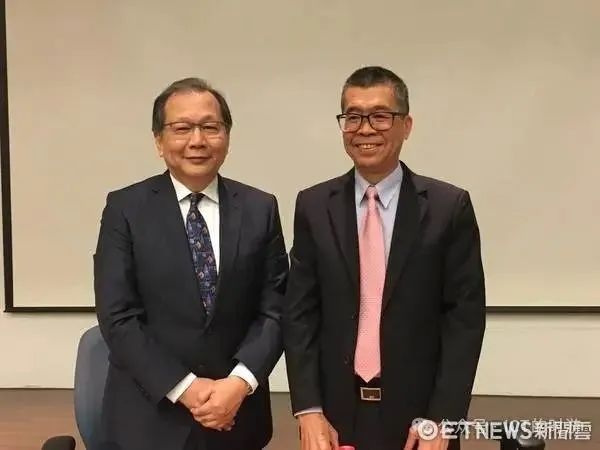
On September 27, 2016: MediaTek launched the world’s first 10nm chip Helio X30. The Meizu PRO7, priced at NT$3380, received a lukewarm response.
The story of LTE Cat.7:
ØIn April 2016: China Mobile suddenly announced that all smartphones priced above 2000 RMB procured after October of that year must support 4G LTE Cat.7 technology. MediaTek had no products that supported LTE Cat.7.
ØIn August 2016: OPPO and Vivo, which had previously adopted MediaTek’s new products, signed patent licensing agreements with Qualcomm. Subsequently, MediaTek’s stock price halved, plummeting from nearly NT$500 at the beginning of the year to NT$200, with a market value evaporating by NT$500 billion.
ØIn May 2017: The Taiwan Economic Daily reported that MediaTek’s first 10-core Helio X20 faced inventory pressure with nearly a million units unsold, attributed to the lack of support from partners like LeEco. MediaTek quickly denied this.
ØBy the end of August 2017: MediaTek finally released two mainstream mid-range mobile chips supporting LTE Cat.7 – Helio P23 and Helio P30. At a press conference in Beijing, MediaTek’s marketing department, known for its frugality, surprisingly gifted all attending media members a Meizu Pro 7 smartphone.
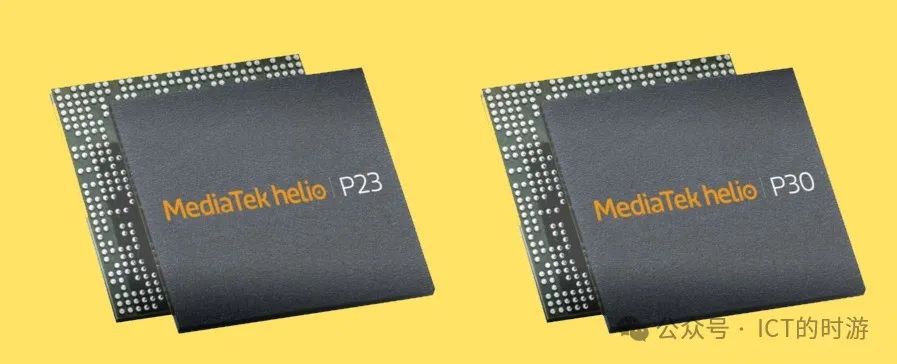
In October 2016: MediaTek’s investment of $4.09 million in the “unknown” Goodix Technology successfully went public, creating a legendary investment story with a 600-fold return in five years.
At the end of 2016: Samsung’s entry-level smartphone Galaxy Grand Prime+ (Galaxy J2 Prime) adopted the MediaTek MT6737T processor, marking MediaTek’s first entry into Samsung’s supply chain.In 2016: MediaTek’s smartphone and tablet chip shipments reached 550 million units.
In 2017: MediaTek announced a goal of investing NT$200 billion over five years, temporarily halting the development of high-end 4G chips, with nearly 3,000 R&D personnel shifted to focus on 5G and AI.
In August 2017: Former Co-COO Zhu Shangzu resigned to become a senior advisor (in November, Zhu Shangzu joined Xiaomi as a partner in the Xiaomi Industry Investment Department), while Chen Guanzhou was promoted to COO.
In 2017: MediaTek ranked among the top 100 patent applicants in Europe for three consecutive years – 81st globally and 1st in Taiwan.
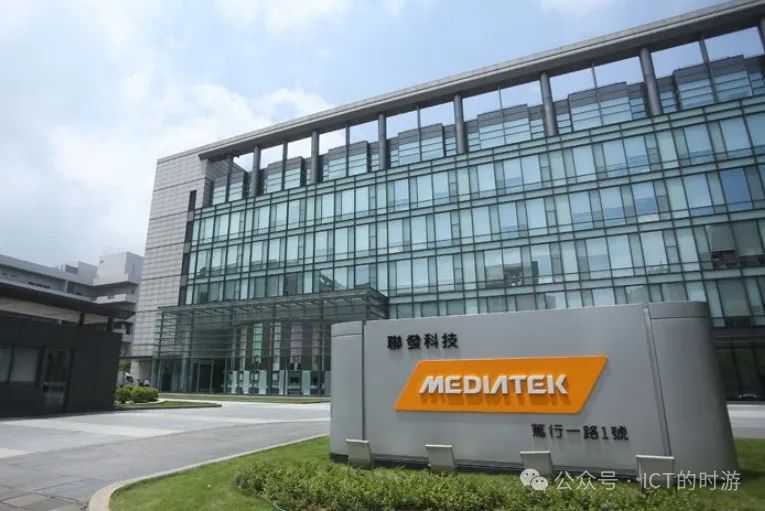
In February 2018: MediaTek Group Chairman and President Cai Mingjie no longer served as CEO, with Group Vice President and former Co-CEO Cai Lixing taking over, restoring the single CEO system from the previous dual-CEO system, officially forming the “Cai-Cai Partnership” mechanism.
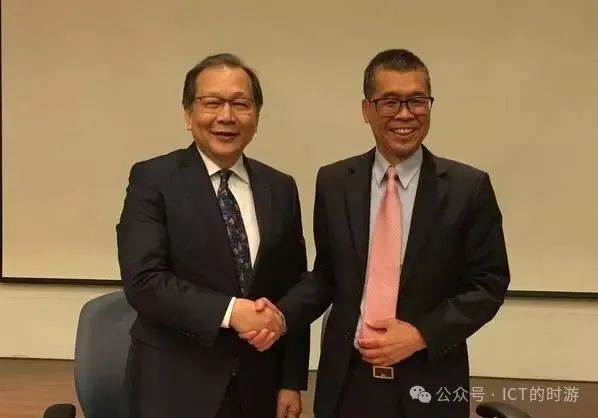
On March 22, 2018: MediaTek held a topping ceremony for its new building in Hsinchu Science Park, planning to build Asia’s largest chip design high-performance computing and data center, presided over by CEO Cai Lixing.

On August 22, 2018: MediaTek announced two major internal organizational adjustments: the original set-top box and touch chip product lines of Morningstar Semiconductor were split into MediaTek Group’s subsidiary. After six years, Morningstar Semiconductor was completely integrated into MediaTek Group.
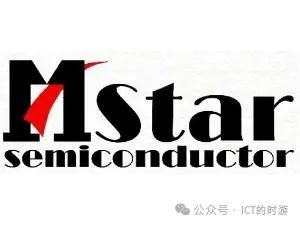
In 2018: MediaTek launched processors such as Helio P60 and Helio P70, gaining favor from major overseas manufacturers like TECNO, helping MediaTek regain its footing in the mid-range market. As of May 6, 2019, the Helio P60/P70 series chips sold 50 million units.
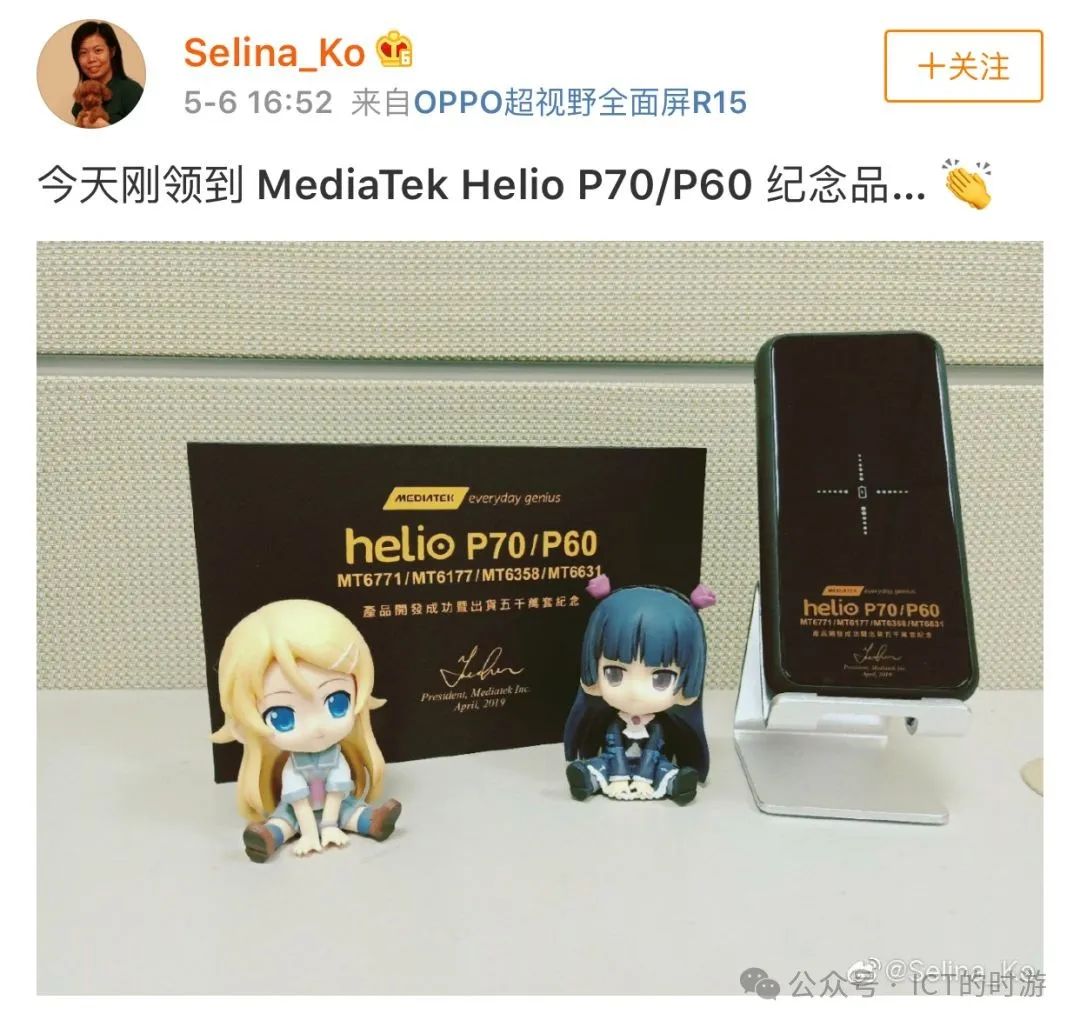
On December 13, 2018: MediaTek launched the Helio P90 system-on-chip, featuring a 2-core A75 + 6-core A55 configuration. The Helio P90 scored 25645 points, surpassing the second-ranked Kirin 980 and third-ranked Snapdragon 855, taking first place.
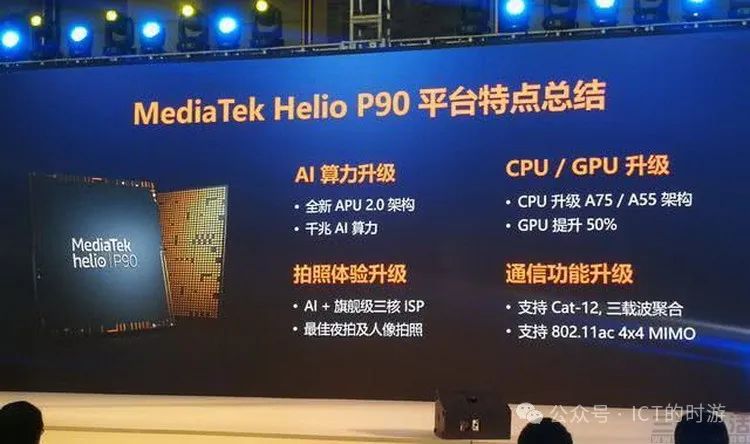
In May 2019: At Computex, MediaTek officially launched its first 7nm processor platform, integrating a 5G modem, the Helio M70, which includes an ARM Cortex-A77 CPU, Mali-G77 GPU, and MediaTek’s independent AI processing unit (APU).
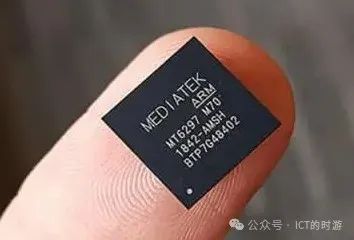
On July 30, 2019: MediaTek launched the Helio G90 series chips designed for gaming.
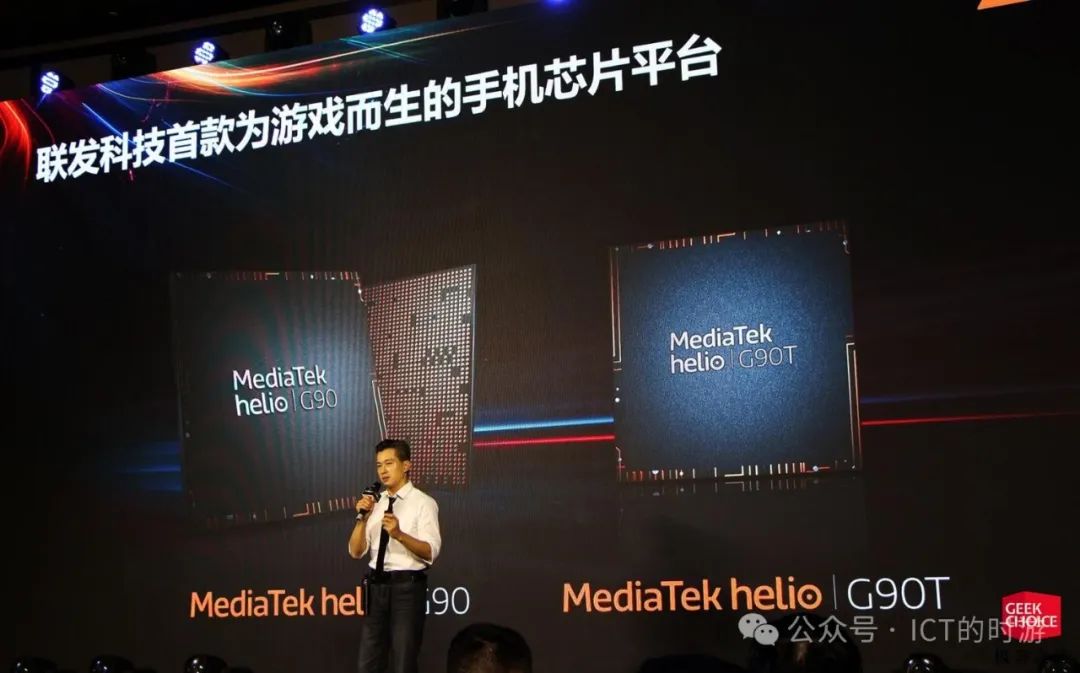
On November 26, 2019: At the “MediaTek 5G Beyond Leading” conference in Shenzhen, MediaTek officially launched the world’s first 5G SoC with dual carrier aggregation and dual SIM dual standby, the Dimensity 1000.
Cai Mingjie priced the Dimensity 1000 in the $60-70 range, while Qualcomm reduced the price of the 765G to $30-40, leading to another failure for the Dimensity 1000.
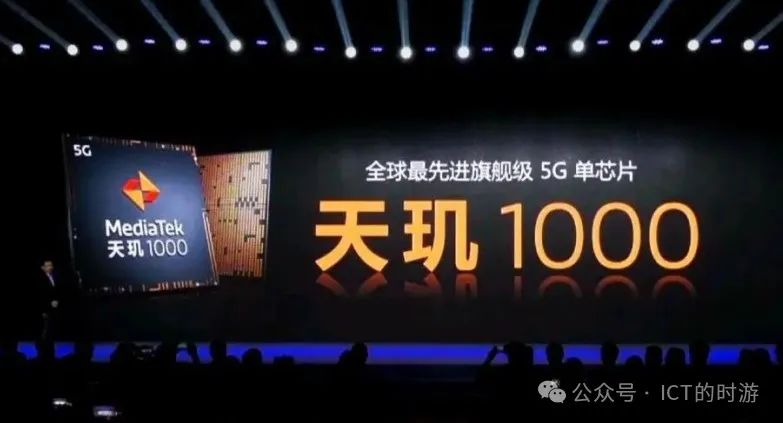
On May 7, 2020: MediaTek launched the Dimensity 1000+.
In June 2020: MediaTek held its shareholders’ meeting.
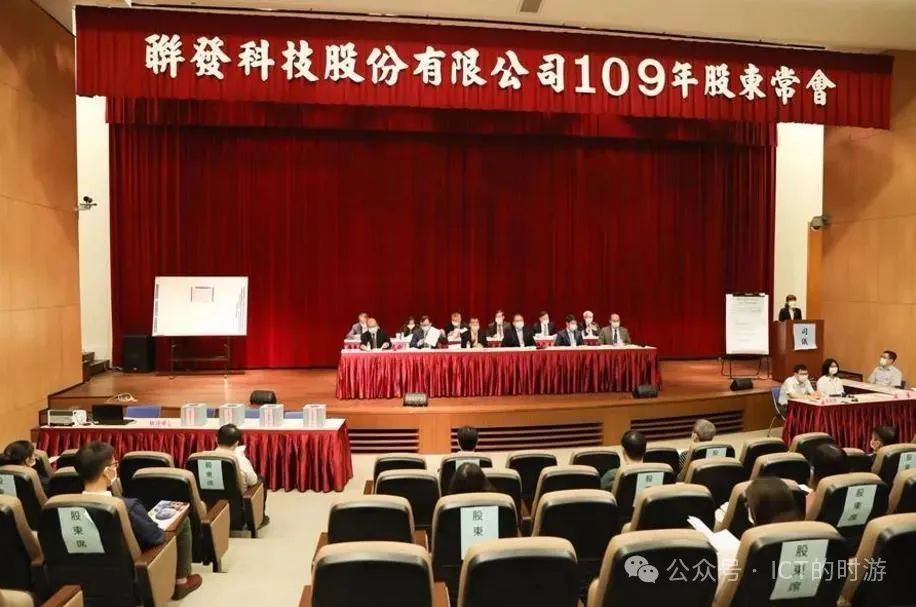
In Q3 2020: MediaTek’s smartphone chip market share reached 31%, surpassing Qualcomm for the first time in history to become the largest smartphone chip manufacturer globally. In Q3 2019, MediaTek’s smartphone chip market share was 26%, ranking second after Qualcomm.
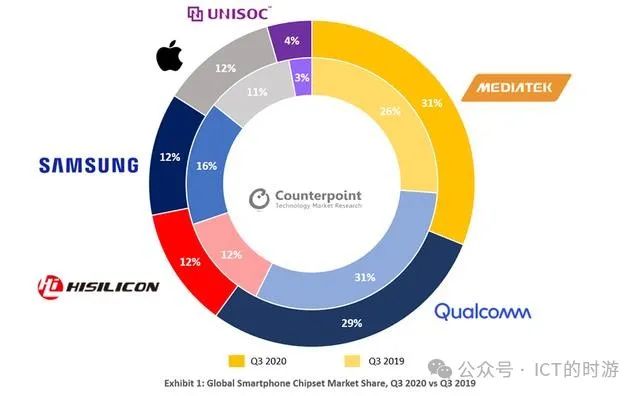
From 2001 to 2020: MediaTek’s stock price
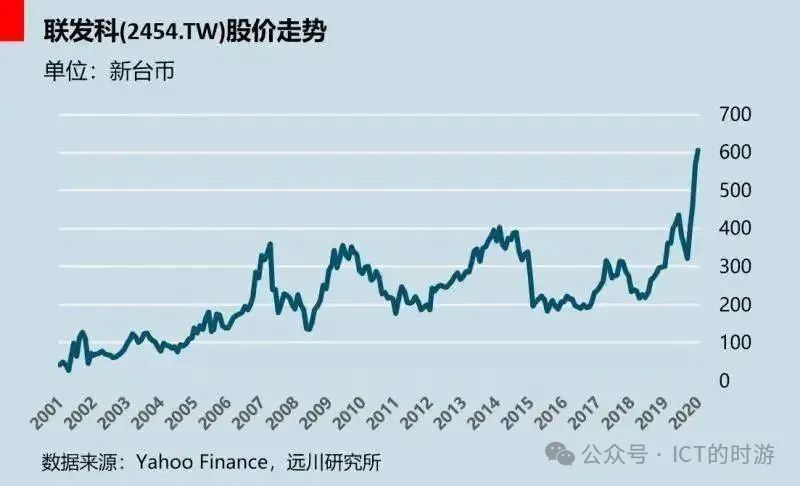
In 2020: MediaTek’s smartphone chip market share reached 27%, ranking first globally.
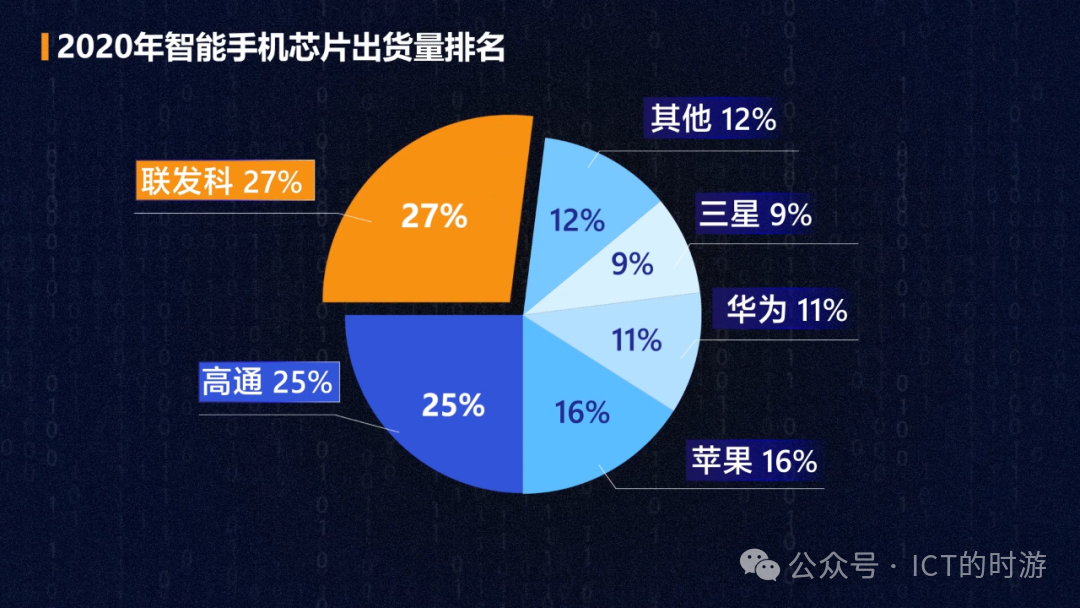
On January 14, 2021: To celebrate, MediaTek’s revenue reached NT$322.146 billion, exceeding $10 billion, with a year-on-year growth of 30.8%. The mobile chip business saw an 80% year-on-year increase, setting a historical record. Chairman Cai Mingjie hosted an internal celebration, announcing a NT$1.7 billion red envelope for employees.
All employees of MediaTek and its subsidiaries, including five independent operating subsidiaries, were eligible for a bonus of NT$100,000.
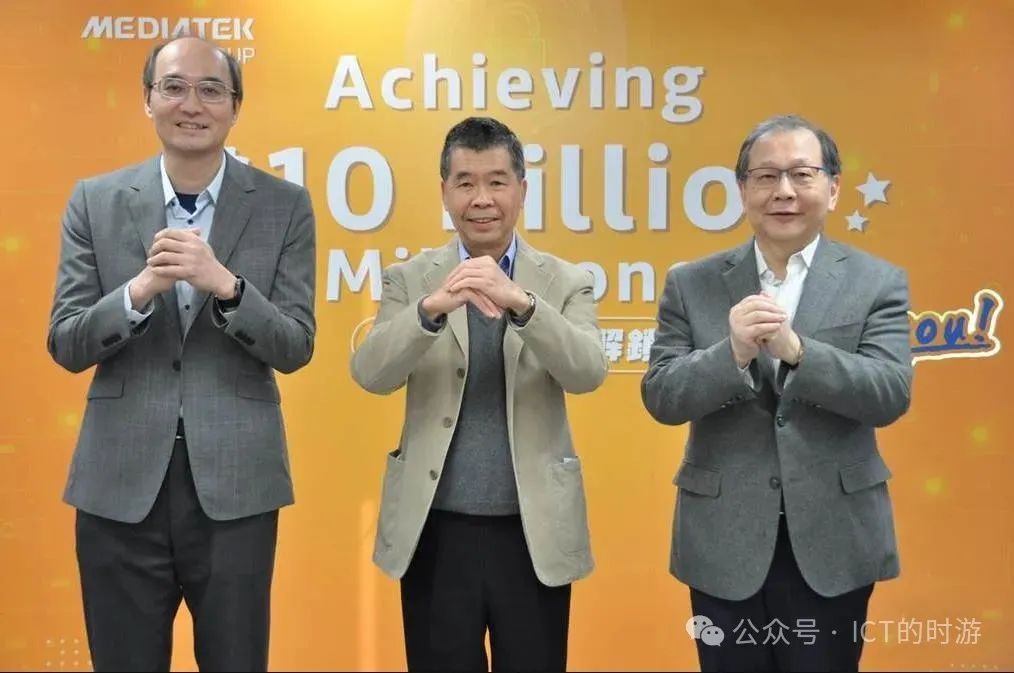
MediaTek Chairman Cai Mingjie (center), CEO Cai Lixing (right), and General Manager Chen Guanzhou (left)
On January 20, 2021: MediaTek launched the Dimensity 1200 and Dimensity 1100.
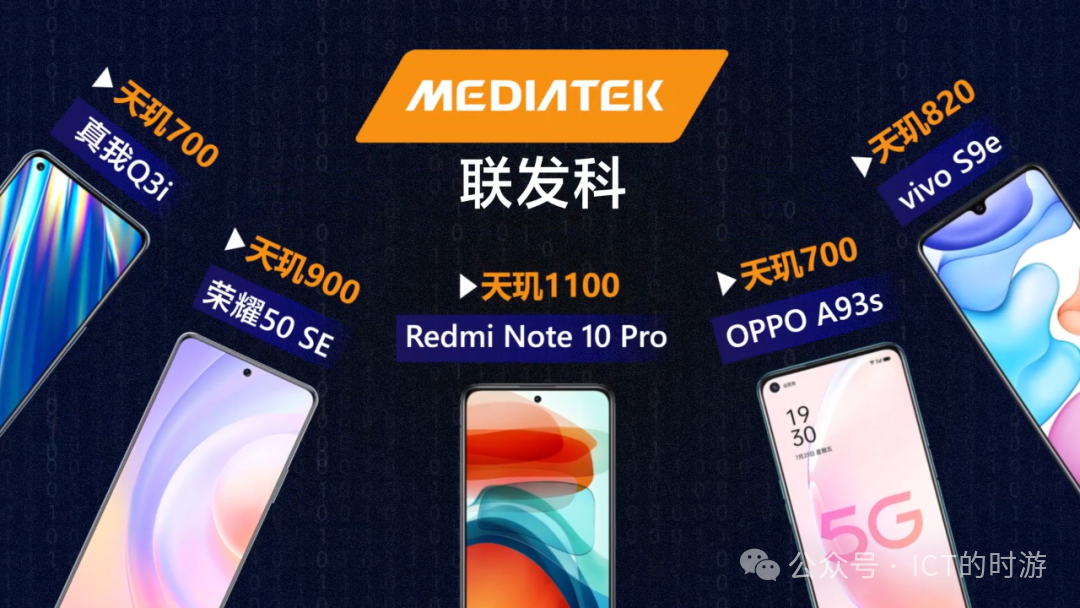
From January 2017 to January 2021: MediaTek’s stock price soared from NT$300 to nearly NT$1000, with a market value increasing by NT$1 trillion.
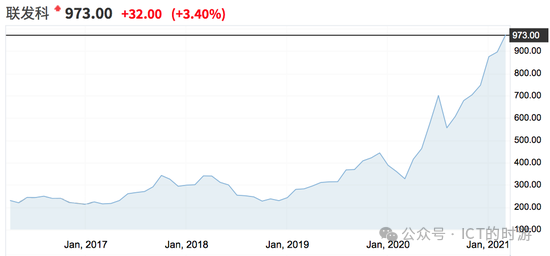
In February 2021: MediaTek launched the new generation 5G modem MTK M80 baseband chip, which supports 5G millimeter-wave networks for the first time, achieving the strongest 5G throughput performance.
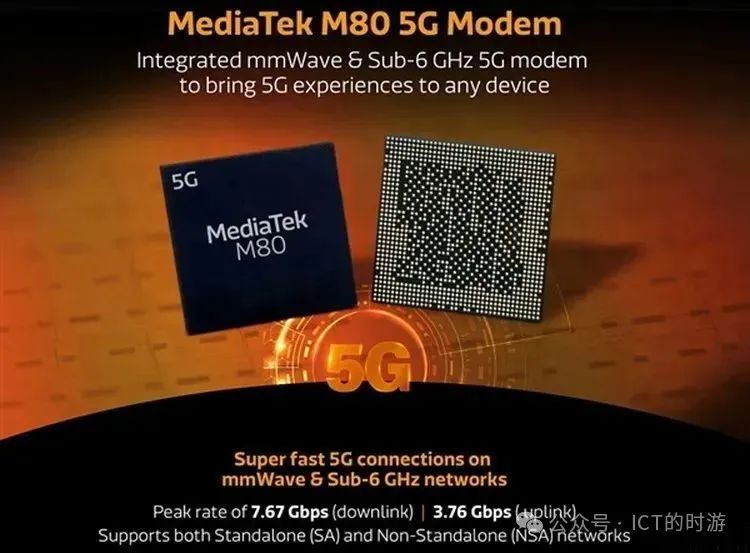
On May 13, 2021: MediaTek launched the Dimensity 900.
On June 29, 2021: MediaTek released the Dimensity 5G open architecture.
In 2021: MediaTek launched the Dimensity 8100.
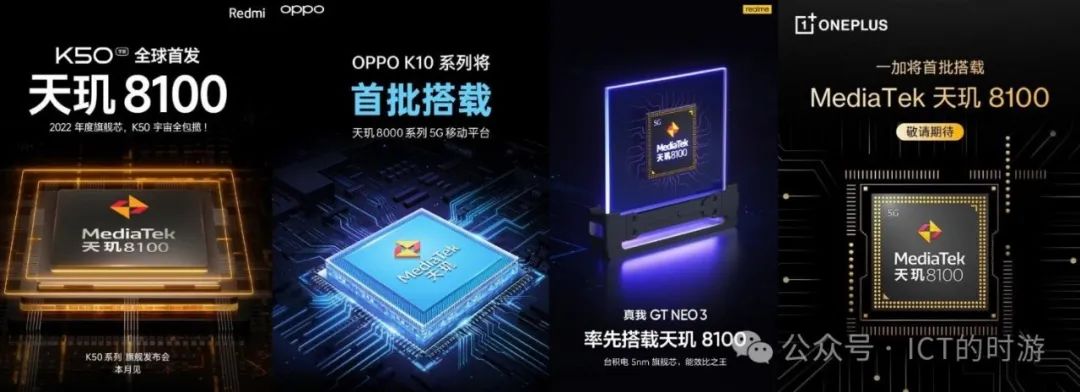
On December 16, 2021: MediaTek officially launched the first 4nm process technology 5G SoC – Dimensity 9000. Subsequently, vivo’s X80, OPPO’s Find X5 Pro, and Honor’s 70 series all adopted the Dimensity 9000.
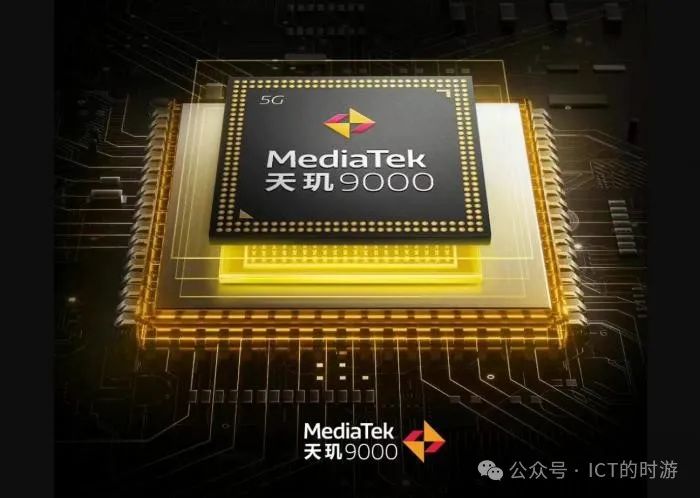
MediaTek CEO Cai Lixing (left) and General Manager Chen Guanzhou
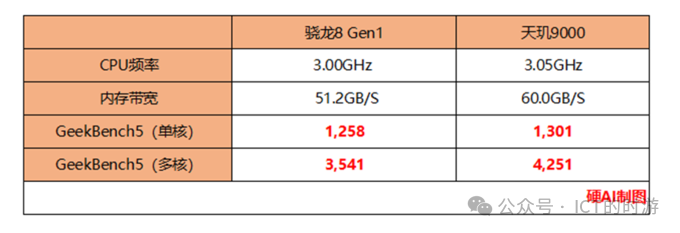
In 2021: MediaTek’s revenue exceeded NT$100 billion, reaching NT$112.8 billion, a year-on-year increase of 53.2%; net profit reached NT$25.58 billion, marking the first annual profit exceeding NT$20 billion, with a year-on-year increase of 171.6%, both setting historical records.
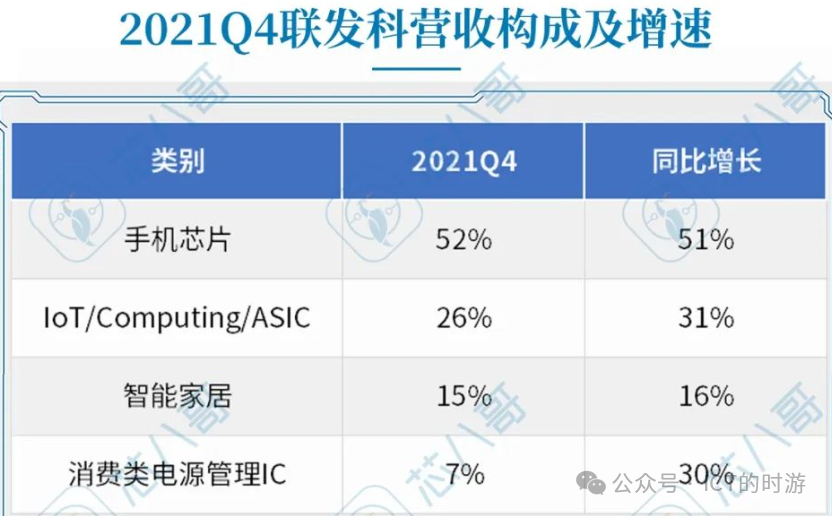
In Q4 2021: MediaTek’s revenue share and growth rate.

By the end of 2021: MediaTek’s achievements:
ØSmartphone chips ranked first globally, with 5G smartphone chips second only to Qualcomm.
ØMediaTek held the global first market share in chips for smart and digital TVs, smart voice assistants, CD players, and Blu-ray players.
On January 20, 2022: MediaTek became the first company to complete a live demonstration of Wi-Fi 7 technology. MediaTek stated that it would be one of the first companies to adopt Wi-Fi 7 technology, with terminal products expected to be launched in 2023.
On May 23, 2022: MediaTek launched its first mobile platform supporting 5G millimeter-wave technology – Dimensity 1050.
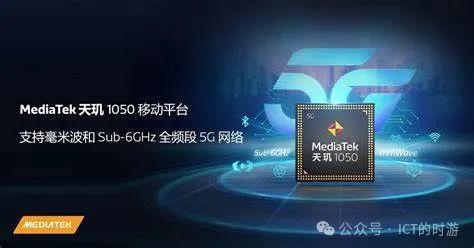
In May 2022: MediaTek celebrated its 25th anniversary. MediaTek became the fourth largest fabless semiconductor company globally, with its chips driving over 2 billion devices annually. General Manager Chen Guanzhou stated:MediaTek’s rapid growth in performance over the past two to three years is attributed to doing many things right, the so-called “timing, location, and harmony”.
ØRecognizing the 5G business opportunity, MediaTek made significant investments, resulting in excellent technology.
ØChoosing good products, markets, and customers provided the “location advantage”, prioritizing investment in sub-6 GHz.
ØMediaTek’s “harmony” comes from having a great team that collaborates to produce excellent products.
In the first half of 2022: MediaTek’s shipments of SoC terminals in the Chinese smartphone market reached 56.6 million units, accounting for approximately 42.1%, ranking first in the country.
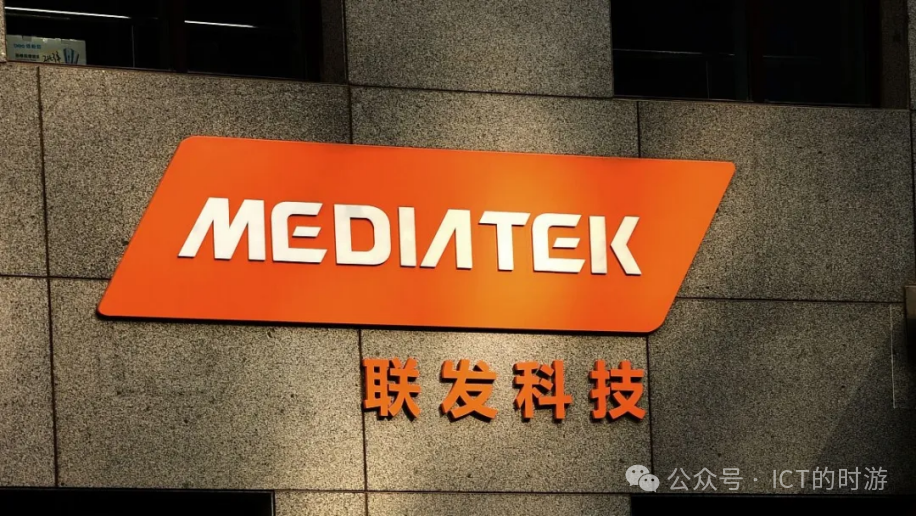
On November 8, 2022: MediaTek launched the Dimensity 9200, featuring an octa-core flagship CPU and TSMC’s 4nm advanced process, with a super-large core clock speed of 3.05GHz, and all performance cores supporting pure 64-bit applications, adopting a new generation 11-core GPU, improving performance by 32%. In AnTuTu v9 benchmark tests, it achieved an impressive score of 1.26 million.

On December 8, 2022: MediaTek launched the Dimensity 8200 5G mobile chip.
In 2022: MediaTek had a total of 21,900 employees, with 19,000 in R&D, and 78% of employees holding a master’s degree or higher.
On February 16, 2023: MediaTek launched the first chip of the Dimensity 7000 series – Dimensity 7200.

On April 2023: MediaTek’s largest shareholder, Citibank, held a 4.43% stake, while Cai Mingjie was the second-largest shareholder with a 2.6% stake.
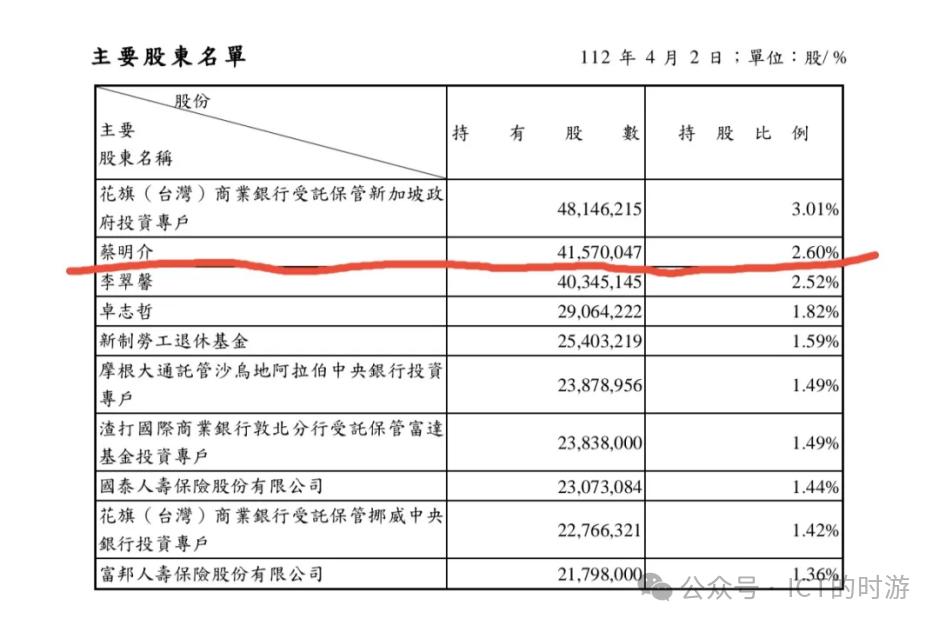
On April 17, 2023: MediaTek launched the automotive solution Dimensity Auto platform.

On May 10, 2023: MediaTek launched the Dimensity 9200+, achieving a benchmark score of over 1.36 million on AnTuTu.
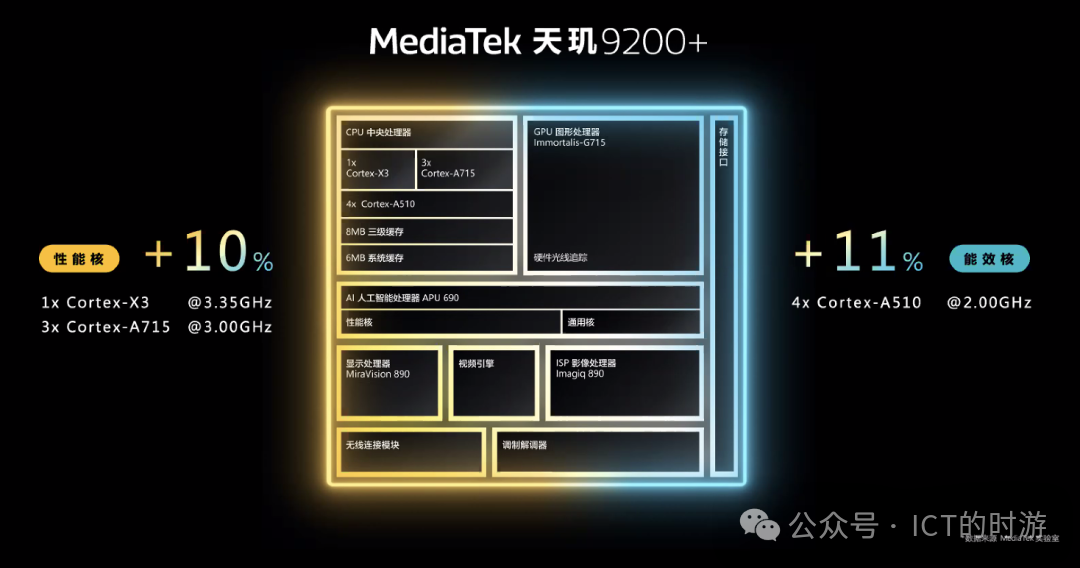
On July 11, 2023: MediaTek launched the Dimensity 6000 series mobile chip – Dimensity 6100+.
By the end of August 2023: MediaTek distributed employee bonuses for the first half of the year, with estimates suggesting that approximately 14,000 employees participated in the bonuses, averaging NT$535,000 (approximately RMB 120,000), about 66% of the bonuses distributed in the second half of the previous year.
On November 6, 2023: MediaTek launched its flagship 5G generative AI mobile chip – Dimensity 9300.
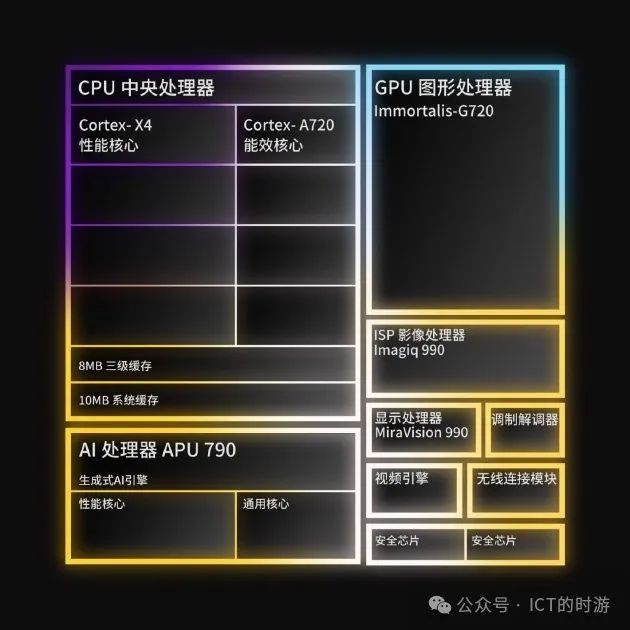
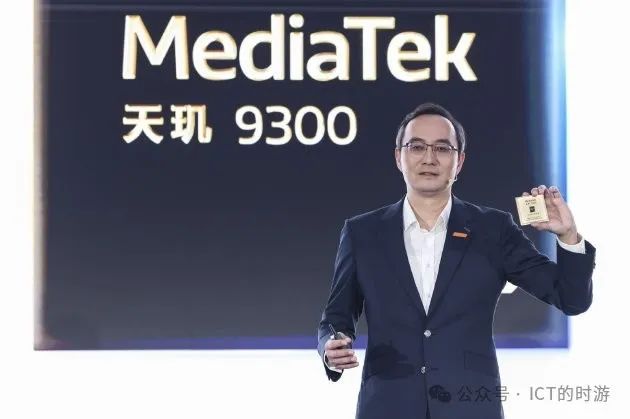
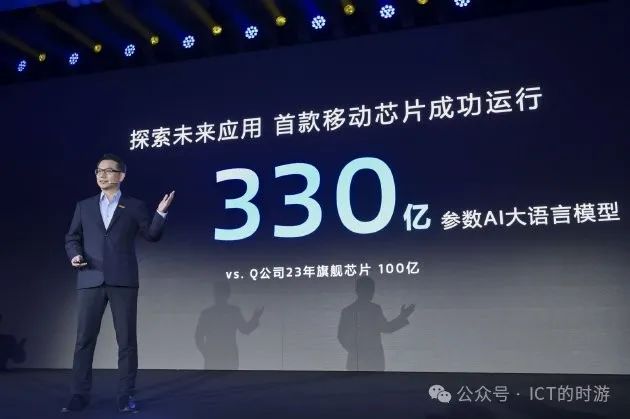
Two “Nobel” awards:
ØOn November 29, 2023: MediaTek announced that Chairman Cai Mingjie was awarded the IEEE Robert N. Noyce Medal, considered the “Nobel Prize” of the semiconductor industry.
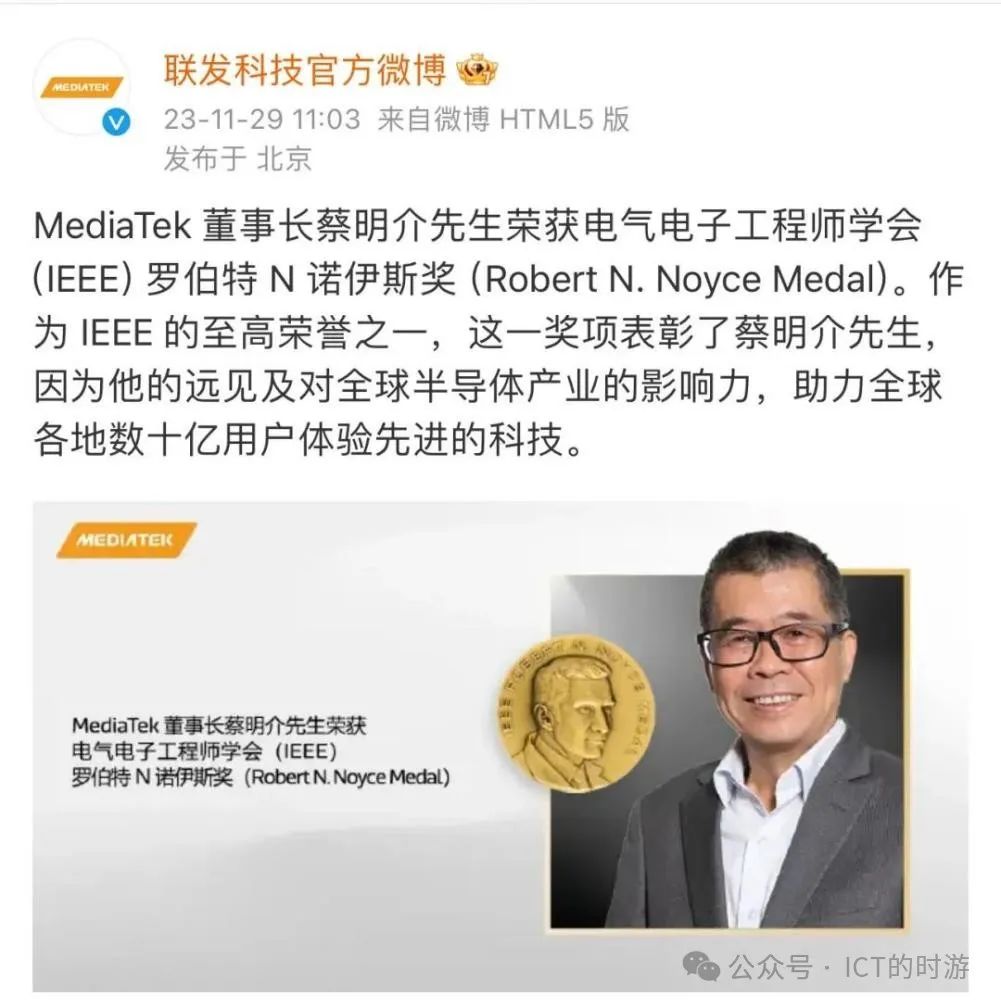
ØOn December 26, 2023: MediaTek CEO Cai Lixing was awarded the 17th Pan Wen Yuan Award, regarded as the “Nobel Prize” of Taiwan’s technology industry.
In 2023: MediaTek’s chip shipments reached 443 million units, nearly doubling from 238 million units in 2019.
MediaTek reported an average salary of NT$3.754 million for full-time non-executive employees in 2023, ranking first among listed companies in Taiwan.
On February 1, 2024: MediaTek General Manager Chen Guanzhou will serve as COO, while Executive Vice President and CFO Gu Dawei will take over as Co-COO, continuing to serve as spokesperson. Media reports interpret this as MediaTek adopting a dual-leadership system, emphasizing the importance of financial management in the company’s globalization strategy.

In March 2024: MediaTek successfully deployed the Tongyi Qianwen large model on flagship chips like Dimensity 9300, achieving deep adaptation of large models on mobile chips for the first time.

In April 2024: At the Beijing Auto Show, MediaTek launched the 3nm process Dimensity automotive cockpit platform CT-X1, and the 4nm process CT-Y1 and CT-Y0.
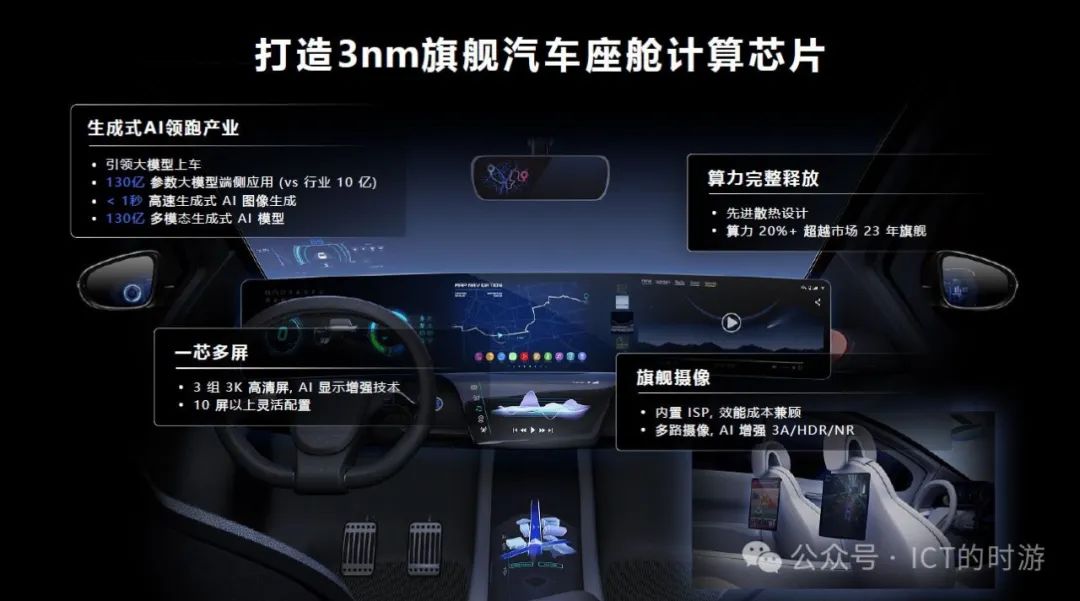
ØPositioned as a flagship, the CT-X1’s performance is conservatively over 30% stronger than competing products in the same class, with AI computing power 4-5 times stronger.
ØPositioned as a mid-range flagship, the CT-Y1 achieved an AnTuTu score of over 1.07 million in real-world tests, matching the current top Snapdragon 8295, reaching flagship performance levels.
On May 7, 2024: At the Dimensity Developer Conference MDDC 2024, MediaTek launched the Dimensity 9300+ processor.
On May 27, 2024: MediaTek completed the tenth board of directors election:
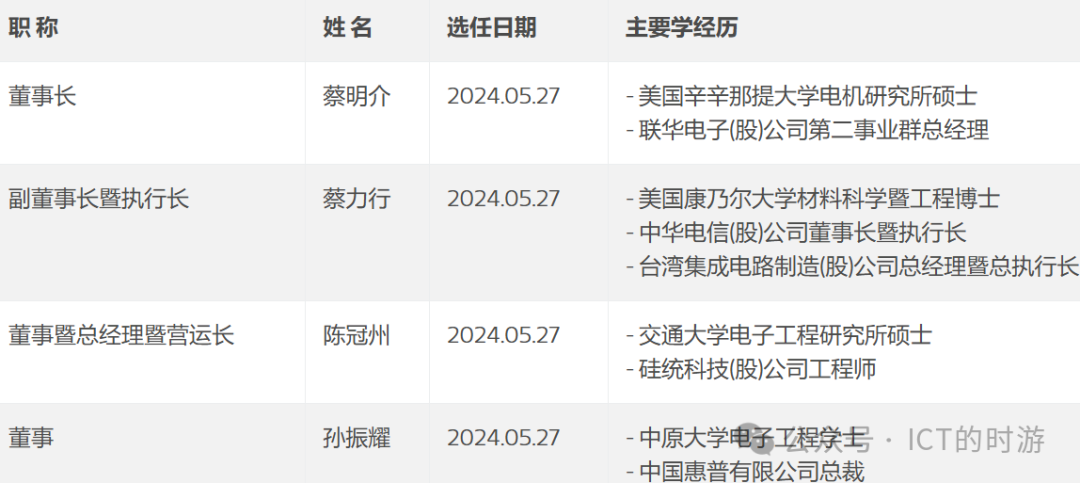
In July 2024: With a revenue of $13.9185 billion, MediaTek ranked 210th on the 2024 Fortune China 500 list.
In August 2024: Media reports indicated that MediaTek would distribute employee bonuses totaling nearly NT$13 billion (approximately RMB 2.9 billion) in late August, a year-on-year increase of 70%. 12,000 employees would benefit, with an average of NT$1.05 million (approximately RMB 234,000) per person.
On December 23, 2024: MediaTek launched the Dimensity 8400.
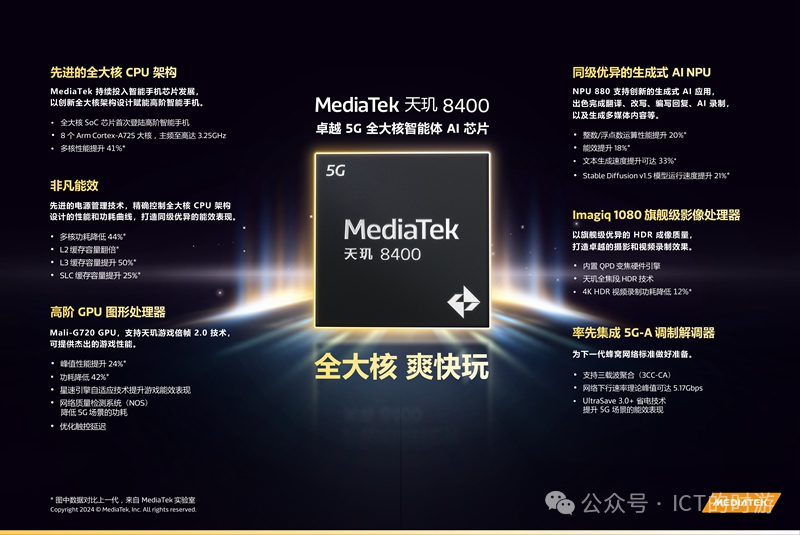
In December 2024: According to foreign media reports, Apple intends to significantly upgrade the functionality of the Apple Watch next year, confirming MediaTek to provide some modem (baseband) chips for the Apple Watch, taking over orders originally from Intel. This will mark MediaTek’s first entry into Apple’s main hardware product supply chain.
On February 7, 2025: MediaTek held its 2024 corporate briefing.
ØIn 2024, MediaTek’s revenue reached NT$530.586 billion (approximately RMB 117.5 billion), a year-on-year increase of 22.4%; net profit attributable to the parent company reached NT$106.387 billion (approximately RMB 23.5 billion), a year-on-year increase of 38.2%.
ØIn 2024, revenue from Dimensity flagship chips exceeded expectations, doubling to $2 billion.
ØVice Chairman and CEO Cai Lixing revealed that MediaTek’s collaboration with NVIDIA to launch the world’s first personal AI supercomputer ProjectDIGIT is expected to be officially launched in May this year.
References: 1. “From the King of Shanzhai Phones to World Leader: How MediaTek, Originating from DVD, Achieved a Comeback?” by HYK
2. “From DVD to Mobile Phones to AIOT: A Look at MediaTek’s Rapid Progress from an Industrial Investment Perspective” by Chip Eight Brother
3. “Cai Mingjie Gives Away NT$1.7 Billion Red Envelope, MediaTek’s Revenue Exceeds $10 Billion, Employees Receive NT$100,000 Bonus” by Yi Bo Says